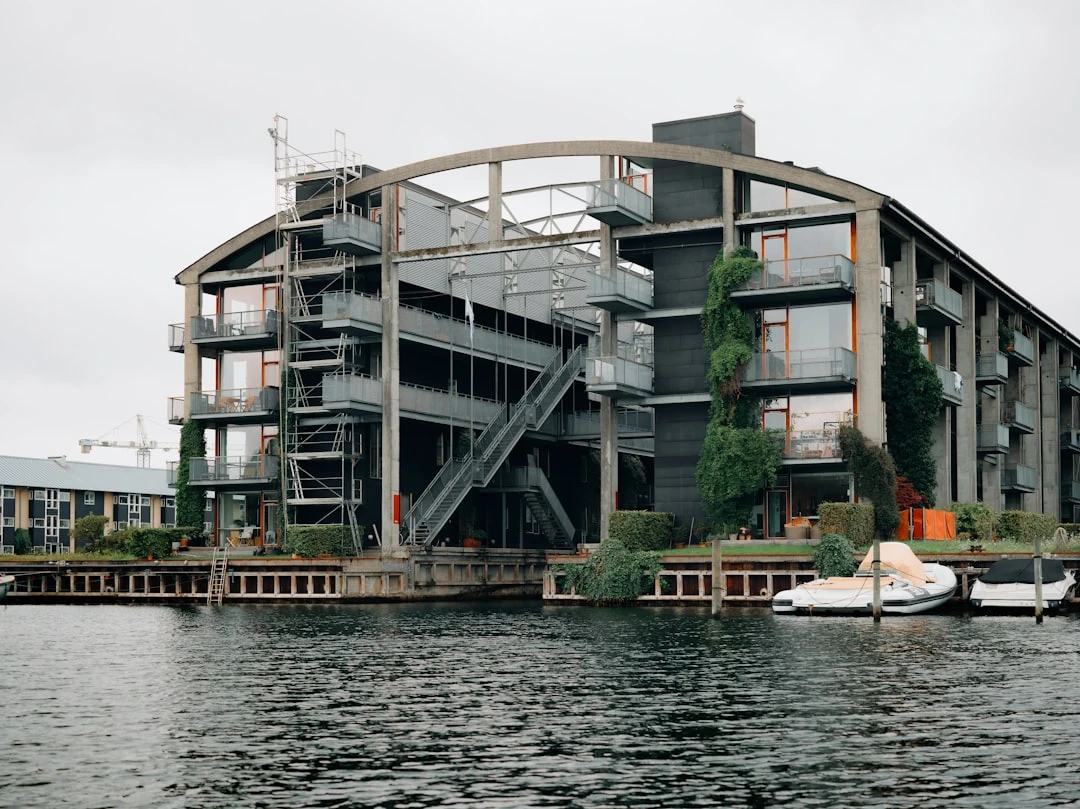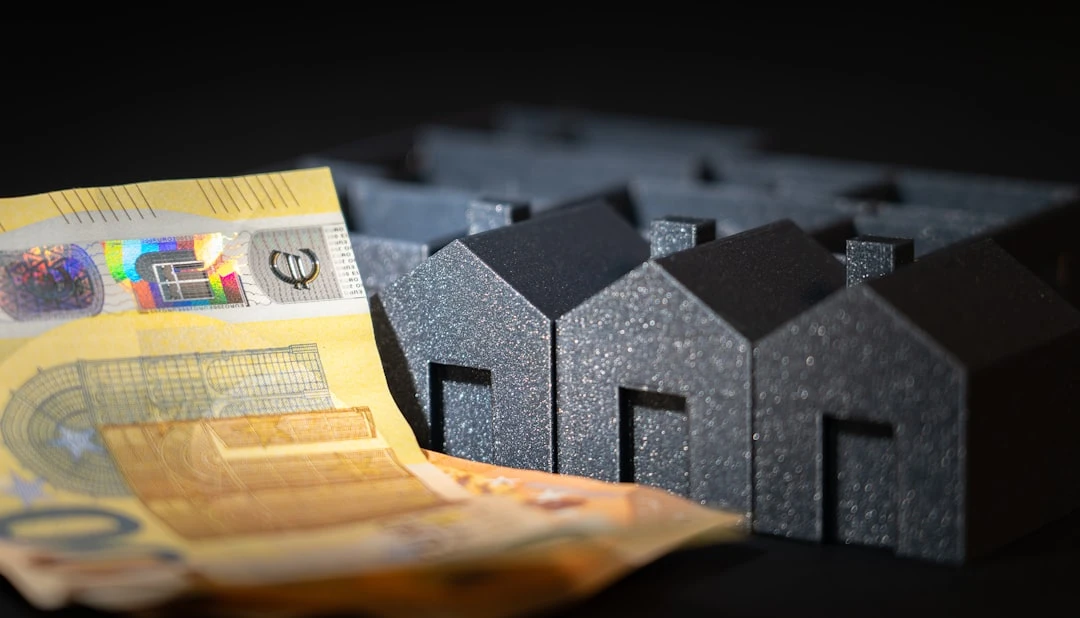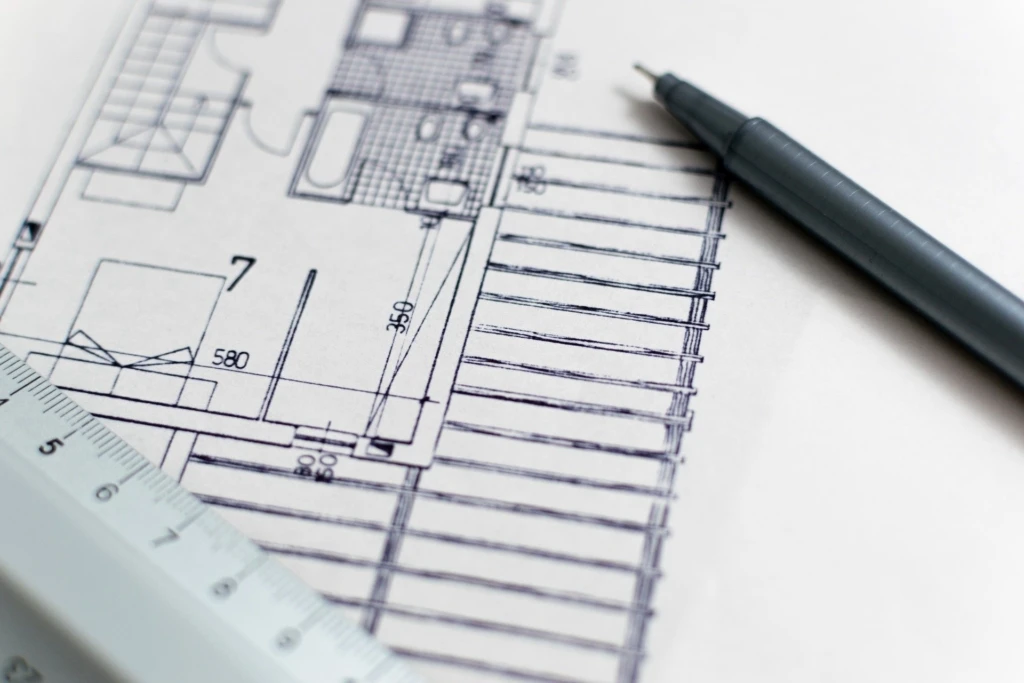Renovation Loan for Housing Cooperative: Opportunities and Guidelines

Apartment building renovation is a long-term investment that increases both quality of life and property value. In Estonia, there are approximately 14,000 unrenovated apartment buildings, which clearly demonstrates the need for renovation loans. But how do housing associations find the necessary financing for renovation, and what are the best options for this in 2025?
Why consider a renovation loan?
Apartment building renovation is a major investment that usually requires taking out a loan. The reasons for renovation are diverse:
Improving energy efficiency - reduces heating costs and CO2 footprint
Capital repairs - roof replacement, electrical system upgrades
Increasing property value - renovated apartments command higher prices on the market
Improving quality of life - better sound insulation and indoor climate
A renovated apartment building can also offer additional features such as modern home comfort ideas and technological solutions. For example, solar panels are becoming increasingly popular as an energy-saving solution, allowing housing associations to reduce electricity bills and increase energy independence.
Imagine an apartment building where in winter heat is retained in the walls rather than heating the street, and in summer it stays pleasantly cool without air conditioning. All of this is made possible by modern comprehensive renovation.

Legal conditions for obtaining a renovation loan
Before taking out a loan, the housing association must be aware of the legal conditions:
Majority vote requirement - to obtain a loan, a majority vote is required if the loan amount exceeds the sum of expenses from the previous year. This condition is set out in the Apartment Ownership and Housing Association Act.
Registration - before taking out a loan, the board must notify the housing association registry, which ensures transaction transparency for all parties.
Apartment owners' rights - an individual apartment owner can also carry out necessary actions to preserve co-ownership, but the costs must be reimbursed. This provides the opportunity to initiate renovation processes even if the entire association is not immediately ready to participate.
These requirements are established in Estonian law and are important for ensuring the legality of the loan process. For the housing association board, it is important to meet these conditions to avoid legal problems later on.
The renovation loan application process in 2025
Applying for a renovation loan is a multi-stage process that requires thorough preparation:
1. Association decision and energy audit commission
The renovation loan process begins with a decision by the association's general meeting. During the discussion, the need for renovation and its possible scope are clarified. Thereafter, an energy audit is commissioned, which provides an objective picture of the building's condition and possible energy-saving solutions.
An energy audit is like an apartment building's "health card," showing the building's weak points and how to address them most efficiently. A well-conducted energy audit forms the basis of the entire renovation project.
2. Preparing a renovation project
Based on the results of the energy audit, a renovation project must be prepared that includes:
Technical solutions (insulation, ventilation, heating system)
Cost budget (detailed calculation for all works)
Repayment plan (how loan repayment affects apartment owners' monthly expenses)
Energy savings forecasts (how much heating costs will decrease after renovation)
A good renovation project takes into account both construction technical and financial aspects, offering an optimal balance between investment size and benefit gained.
3. Association meeting and voting
The renovation project must be presented at the housing association's general meeting and approved by a majority vote. This is particularly important if the loan amount exceeds the previous year's expenses, as required by law.
At the meeting, it is important to explain the benefits of renovation to all apartment owners, including long-term cost savings opportunities and property value increases. Often, the initial investment is the counterargument to renovation, but in the longer perspective, the benefits are significant.
4. Comparing loan offers
It is worth requesting offers from several banks to find the best terms:
Interest rates (fixed vs. variable)
Repayment period (typically 10-20 years)
Own financing requirements (how large must the association's own contribution be)
Contract fees and other possible costs
When comparing loan offers, in addition to the interest rate, attention should be paid to other conditions such as early repayment options and flexibility in loan amount usage.
5. Board activities in loan documentation
The board must:
Register the loan with the housing association registry
Sign the necessary documents
Arrange communication with the bank and construction companies
Regularly inform apartment owners about the process
For the board, this is a labor-intensive and responsible period that requires good planning and organization. It is advisable to create a clear schedule with the order of works so that the process flows smoothly.
Popular financing sources in 2025
Housing associations have several options for obtaining renovation loans:
Commercial banks
Banks have traditionally been the primary lenders, offering various solutions according to the association's needs. Regarding specific terms and interest rates, it is recommended to contact the banks directly.
The advantage of banks is their experience with housing association projects and the ability to provide large loan amounts. Often, banks also have special packages that take into account the characteristics of associations, such as distributing payments according to apartment owners' shares.
European Union budget funds
EU funds offer multiple opportunities in 2025 for financing renovation projects. Although specific programs may change, improving energy efficiency remains a European priority.
The European Union has set ambitious climate goals, which also require improving building energy efficiency. This means that significant funds have been allocated for renovation projects, which housing associations can apply for.
State support programs
In addition to loans, it is possible to apply for state subsidies that help reduce the total cost of renovation. These subsidies may cover, for example, energy audit or project design costs.
Subsidies are often directed at improving energy efficiency and may cover a certain percentage of the total renovation cost. This makes renovation more affordable for apartment owners and encourages more associations to start renovation projects.
Risks of renovation loans and their mitigation
Taking out a renovation loan also carries certain risks:
Financial risks
Repayment capacity - the association must be able to repay the loan even if some apartment owners fail to meet their obligations. To mitigate this risk, it is important to create a reserve fund to cover possible payment difficulties.
Interest rate fluctuations - with non-fixed interest rates, costs may increase if market interest rates rise. In the context of 2025, it is worth considering loans with fixed interest rates, which provide stability over a longer period.
Technical risks
Budget overruns - construction prices may change during the project, especially if additional problems are discovered during renovation work. For example, it may turn out that the building foundation needs more reinforcement than expected.
Quality problems - poor quality work may require additional investments and reduce the benefits of renovation. For instance, poorly installed insulation may not provide the expected energy savings.
Risk mitigation
Thorough groundwork - quality energy audit and renovation project provide a clear overview of the necessary works and their costs.
Creating a reserve fund - to cover unexpected expenses, the association should accumulate additional funds to help handle possible extra costs.
Choosing a reliable construction partner - checking references and evaluating previous experience helps avoid quality problems. It is advisable to visit previously renovated facilities by the construction company and speak with their association representatives.
Using construction supervision - involving an independent expert helps ensure that all work is done according to the project and requirements.
Neighborhood-based renovation
A new trend gaining popularity in Estonia for 2025 is neighborhood-based renovation. This means simultaneous renovation of several nearby apartment buildings, which can bring:
Economies of scale in ordering building materials and works
Shared energy solutions (e.g., district-based heating systems)
Increased attractiveness of the entire area
This approach is worth considering especially when neighboring buildings are in similar condition. The Estonian Housing Association Union has organized training on this topic and shared best practices on how to successfully manage neighborhood-based renovation.
Imagine an entire neighborhood where all buildings are renovated, the surroundings are tidied up, and a holistic energy-efficient environment is created. This creates not only a better living environment but also significantly increases the property value of the entire area.

Impact of renovation on property value
Apartment building renovation significantly affects property value on the market. Apartments in renovated buildings typically command 15-30% higher prices, which makes renovation a worthwhile investment in the long term.
A practical example: a 50,000 euro investment in apartment renovation costs (as part of overall building renovation) can increase an apartment's market value by 65,000 - 75,000 euros. This means that in addition to improved quality of life and reduced energy costs, the owner also receives a direct financial benefit.
Additionally, rental apartments in renovated apartment buildings are more attractive to potential tenants, allowing owners to charge higher rent. A modern, energy-efficient apartment with good indoor climate can generate 10-20% higher rental income compared to an unrenovated apartment.
Conclusion
A renovation loan is an important tool that allows housing associations to improve building condition and energy efficiency. In 2025, Estonia offers multiple options for this, ranging from commercial bank loans to European Union subsidies.
The key to success is thorough preparation, clear agreements among association members, and a well-thought-out renovation project. A renovation loan is a long-term commitment, but when properly planned, it increases both quality of life and property value, making our homes more energy-efficient and comfortable.
Think of renovation as an investment in the future – not only in your property value, but also in quality of life and the environment. Apartment building renovation is a big step, but with the right partners and planning, it is entirely achievable and brings long-term benefits to all apartment owners.




